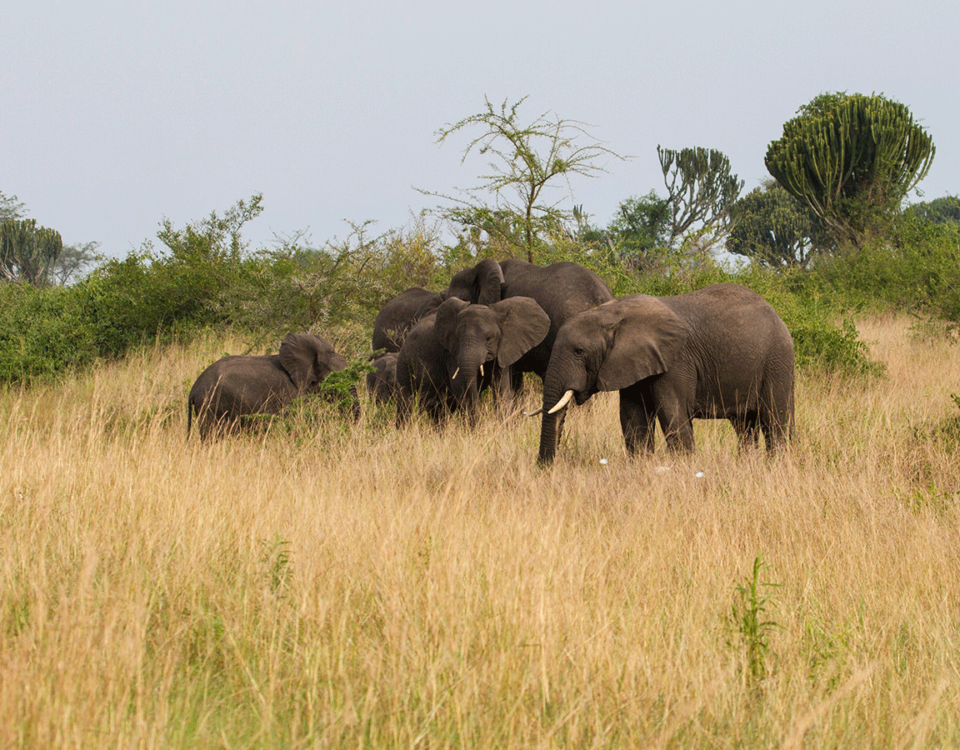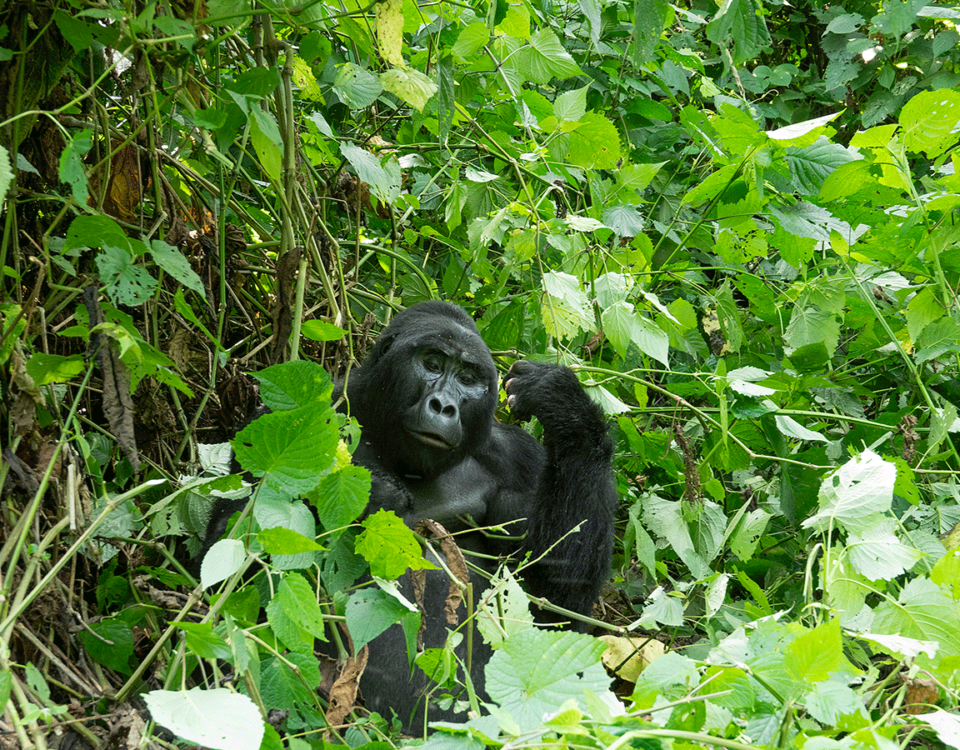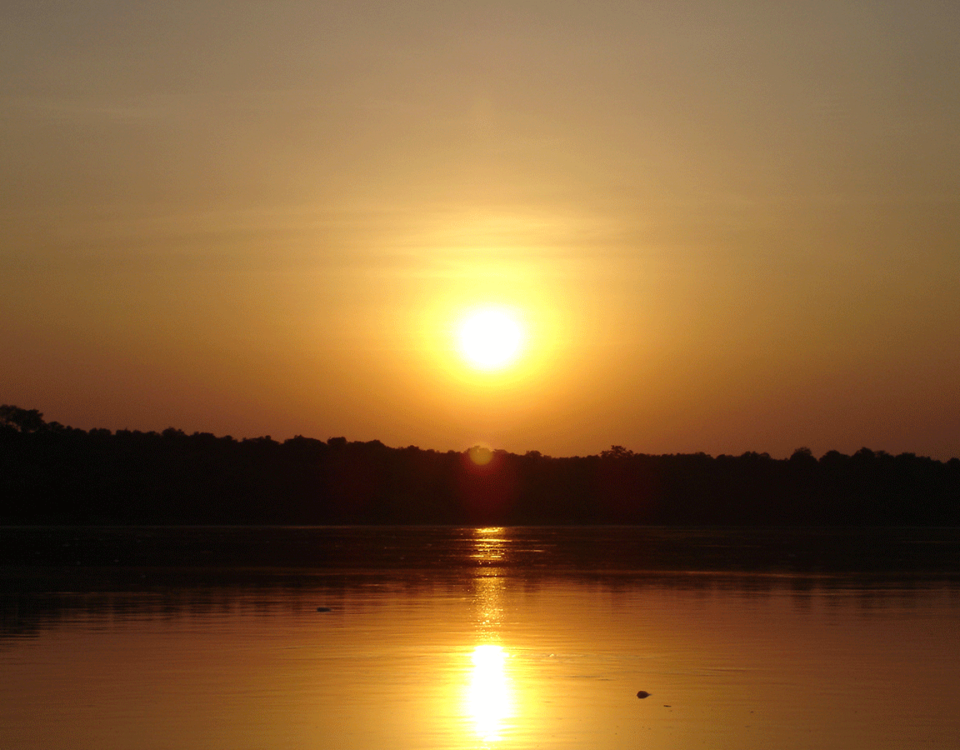Fishing on the Nile River
December 13, 2019
Uganda Primate Experience Gorilla Chimp Trekking
January 1, 2020Gorilla Tracking Rwanda Parc National des Volcanoes
Gorilla Tracking Rwanda Parc National des Volcanoes, Following breakfast at the lodge, travel to National Park Headquarters to meet your guides for the day and begin your gorilla tracking experience.
Experienced guides and trackers will accompany your party on an early morning trek up the volcanoes to the forest above. The journey, through the forest and up steep climbs, is abundantly rewarded with the lifetime experience of viewing mountain gorillas in their natural habitat. You will have an opportunity to be within metres of these magnificent apes, sharing in their daily lives and experiencing their day-to-day activities. Mountain gorillas are extremely rare with only an estimated 800 remaining in the wild. This is an experience you won’t soon forget.
Following the trek, return to your accommodation to relax and reflect on your experience with the amazing mountain gorillas.
Please note: tracking may be fairly strenuous with treks up to six hours or longer, at high altitudes, not uncommon. Also, mountain gorillas are wild animals and, as such, sightings cannot be guaranteed. However viewing success rates are over 90%. Please refer to our information sheet (provided) for more detailed information on Gorilla Tracking requirements, conditions, and considerations.
In 1929, the park was extended into Rwanda and the then Belgian Congo and was named Albert national park managed and run by the Belgian Colonial Authorities. During early 1960’s, the park was divided as Rwanda and Congo gained their independence and by the end of that decade, the park was almost half of its original size.
In 1967, the American zoologist Dian Fossey who had been doing research on mountain Gorillas in the forests of Congo fled from insecurity and established her research base at a place between Visoke and Karisimbi volcanoes that was yet to be known as Karisoke research center. She spearheaded the conservation campaign of the mountain gorillas and mobilized resources to fight against poaching in this area, a fight she put up until her murder in 1985. She was buried at the research center next to the grave of her favorite gorilla called Digit.



